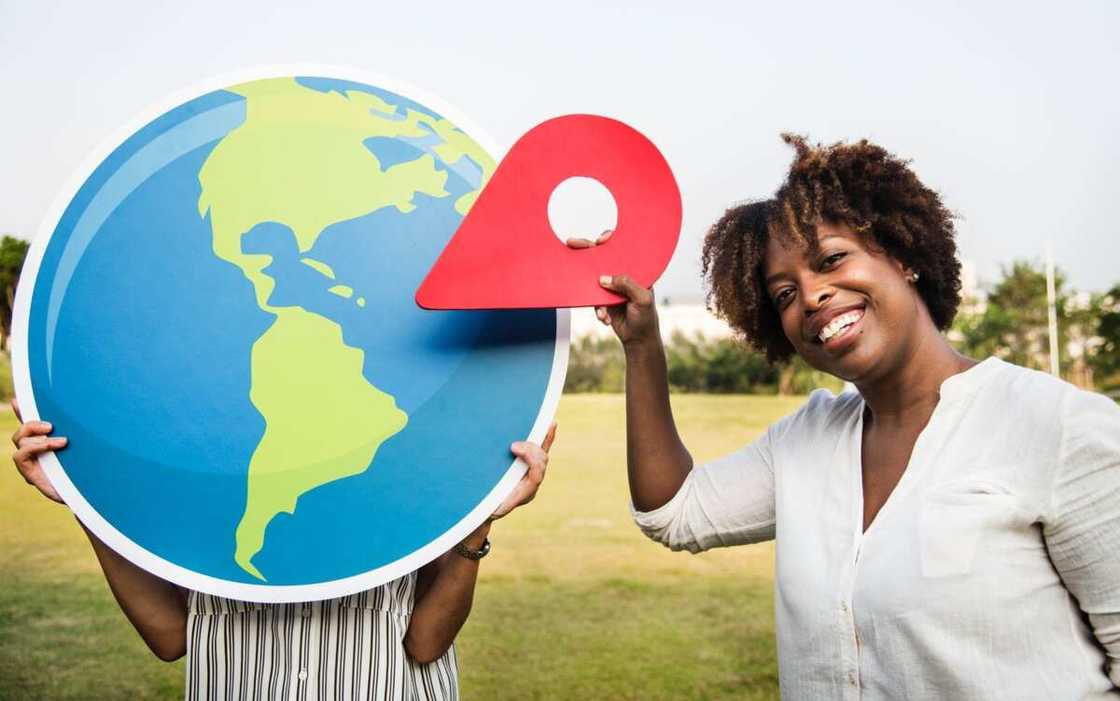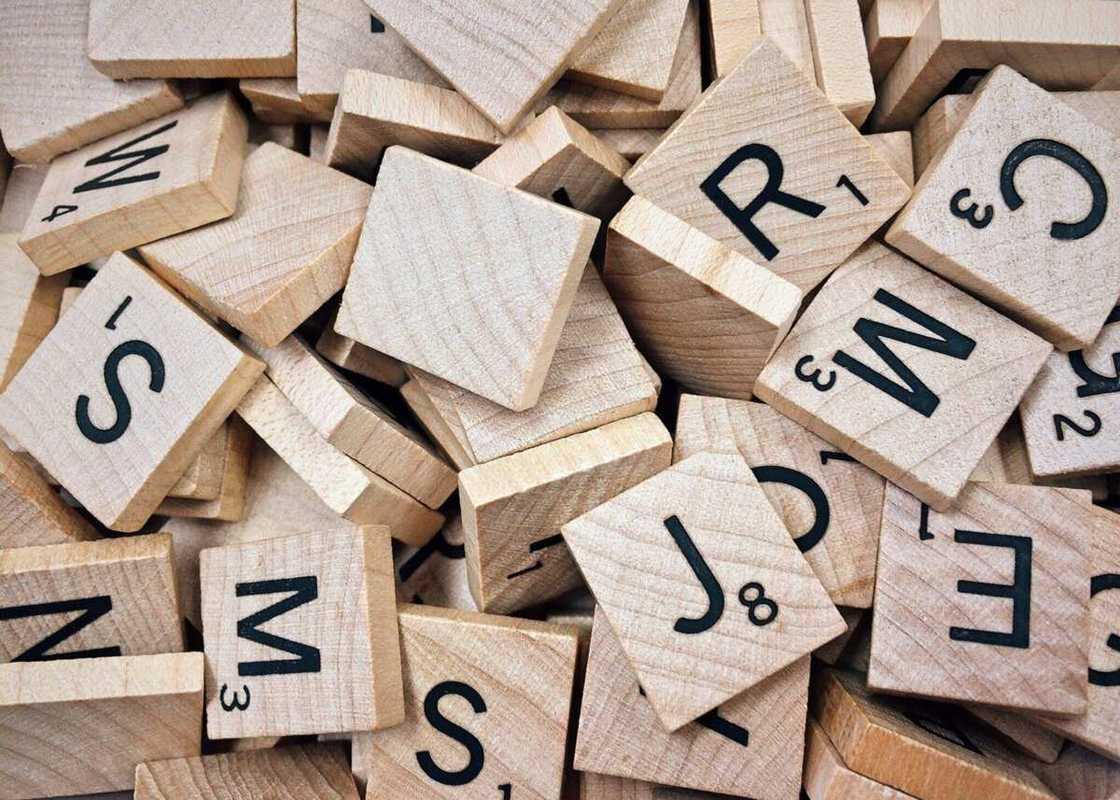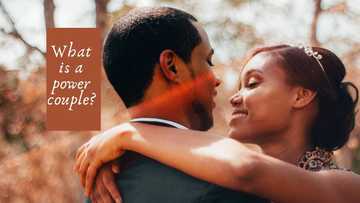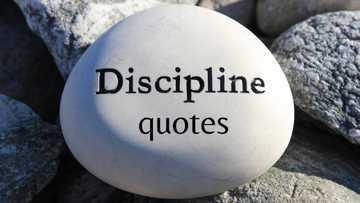Top types of communication
It is probably impossible to survive without communication. Each of us needs and wants to be a part of a team, family, group of people, etc. We use several top types of communication in everyday life, and if you are curious to learn some details about each one, all you need is to spend several minutes of your time reading this post.

Source: UGC
Depending on the situation, we are using the most suitable forms of communication to reach our goals. Choosing the correct model can help your business to develop, your team to be more productive and your life to be more comfortable, while the wrong type can lead to unpredictable consequences.
Means of communication
It is easy to imagine the model of sharing information. It always consists of two elements:
- A sender
- A receiver
Thus, communication is the process of sending information and receiving it. Several different forms of communication can be used to share ideas, thoughts, feelings and data. It can be done through dialogue, in writing, via a visual presentation, etc.
In the modern world, communication and its types entirely depend on who is a sender and a receiver. These two elements define the form that should be used correctly and according to the situation.
READ ALSO: How many types of letter writing do we have?
Types of communication

Source: UGC
Business companies, teams of people and friends usually use 5 top communication types. Each one has its distinguishing features and advantages.
1. Oral or verbal
It is one of the most popular forms of communication. People talk to each other and express their ideas, share information and explain various data. It is probably the quickest way to reach another person and deliver your information making sure that they understand everything.
Verbal form is used in personal conversations, phone calls, video calls, etc. It is excellent when a sender of such messages has impressive communication skills, which is must-know for managers, salespersons and company leaders who wish to deliver their ideas and convince others to make a purchase, work better and so on.
2. Written form

Source: UGC
It stands out among different communication types. Some people still remember the times when paper letters were extremely popular, but our modern world confidently replaces such letters with emails, mobile chat applications, social networks, documents, etc.
There are two primary forms of communication used in written form. They are formal and informal. But no matter which one you are applying in your work, written conversations with friends and family members, business and life, make sure it is polite, grammatically correct, informative and easy-to-understand.
3. Body language

Source: UGC
While verbal forms of communication are essential in companies of all levels and among friends, your body language or non-verbal messages are just as important. This type is also called interpersonal, and it has nothing to do with your speech, phone calls or personal conversations.
What it means is how you are dressed up, how you hold your head, how you look, what emotions are shown on your face, what your manners are like, etc.
For example, for men, it can mean to be shaved, wear ironed clothes, have a nice haircut, be pleasing and motivated. For women, it could say to look attractive, confident, calm, understanding, etc. Every organisation can have its own rules for non-verbal communication that have to be followed by the staff.
4. Visual extras

Source: UGC
All types of communication can be improved with visual presentations and videos that explain something or show useful instructions and guides.
Visual communication has become popular in many industries. It is used by doctors, teachers, engineers and people of other professions. It distinguishes famous brands in the market. It is used in advertising and marketing spheres.
A visual form can have a significant number of elements such as:
- Brand colour
- A logotype
- Photos and illustrations
- Videos
- Presentations
- Design projects
- Printed materials
- Diagrams
- Tables and graphics with data
5. Formal and informal types
All the forms of communication and its types are always divided into formal and informal. Such classification is used not only in writing but also in visual, verbal and non-verbal.
Informal type is used among friends, within a family, among partners, within a team, in social networks and in different life situations that do not require any formality.
Formal type is used in documents, at work, in business social network accounts and anywhere where established procedures exist, particular rules have to be followed, each step has to be documented, and communication must not be personal.
These are the different types of communication that exist in our world. Most friends and families use informal written and verbal forms while companies prefer visual, non-verbal, formal and written forms.
READ ALSO: How to speak good English fluently and confidently: top tips
Source: Legit.ng






